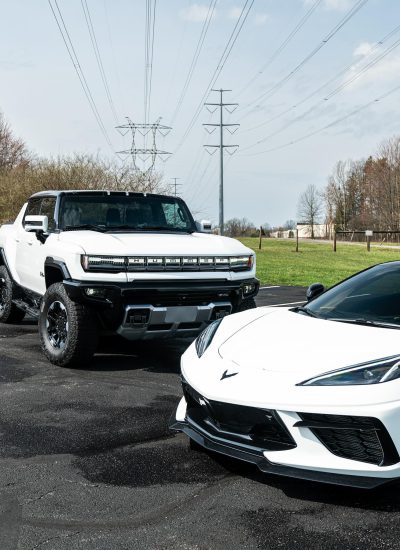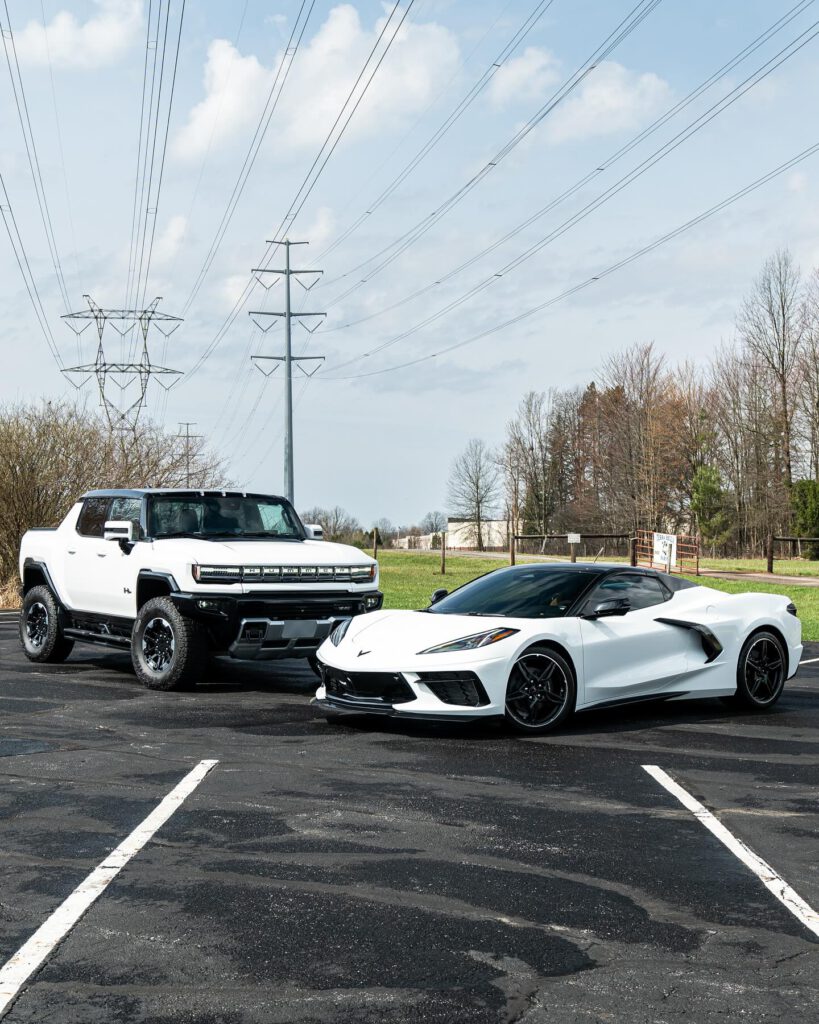HOW TO SELECT THE PERFECT WINDOW TINT SHADE FOR YOUR VEHICLE
KEY TAKEAWAYS
- Consider legal limits and regulations for appropriate tint darkness.
- Evaluate privacy needs and security concerns for optimal tint selection.
- Prioritize heat rejection and UV protection levels in tint choices.
- Reflect on aesthetic preferences and exterior color for tint harmony.
- Seek professional advice for correct application and optimal results.

Understanding Window Tint Percentages
When selecting window tint for your vehicle or home, understanding window tint percentages is important for achieving the desired level of privacy and protection. Window tint percentages refer to the amount of light that can pass through the tinted windows. This measurement is vital as it determines how dark the tint will appear and how much heat and UV rays it can block.
Typically, window tint percentages range from 5% to 90%. The lower the percentage, the darker the tint, providing more privacy and better heat rejection. A 5% tint allows only 5% of light to pass through, making it the darkest option and ideal for maximum privacy. On the other hand, a 90% tint permits 90% of light to pass through, offering minimal darkness but still providing UV protection.
For those seeking a balance between privacy and visibility, a popular choice is a 35% tint. This shade allows 35% of light to pass through, giving a moderate level of darkness while ensuring good visibility both during the day and night. It offers a sleek look while still providing adequate heat and UV protection.
Understanding window tint percentages enables you to make an informed decision based on your specific needs and preferences. Whether you prioritize privacy, heat rejection, or UV protection, selecting the right tint percentage is essential for enhancing the comfort and security of your vehicle or home.
Considering Legal Restrictions and Regulations
When selecting a window tint shade, it’s important to take into account legal restrictions and regulations. Understanding the legal tint limits in your area is vital to guarantee compliance with the law.
Failure to follow these regulations can lead to fines or even the necessity to eliminate the tint.
Legal Tint Limits
To follow legal restrictions and regulations, it’s vital to ensure that the window tint shade you select falls within the allowable limits set by your state or country. Here are three key points to keep in mind regarding legal tint limits:
- Check State Laws: Different states have varying regulations regarding window tint darkness and reflection. Make sure you’re familiar with the specific laws in your state to avoid any potential fines or legal issues.
- Visible Light Transmission (VLT): VLT percentage indicates how much light passes through the tint. Ensure that the VLT of your chosen tint complies with local regulations.
- Enforcement: Understand that law enforcement can issue citations for illegal tinting. It’s important to adhere to the legal limits to prevent any inconvenience.
Compliance With Laws
Ensure strict compliance with the legal tint limits in your area to avoid potential fines and legal repercussions.
Regulations on window tint shades vary by location, so it’s important to research the specific laws applicable to your region. Typically, these laws specify the maximum allowable Visible Light Transmission (VLT) percentage for each window on your vehicle.
Adhering to these limits ensures that your tint is within legal boundaries, preventing expensive tickets or even requiring you to remove the tint entirely. Some areas also have restrictions on reflective tints or certain colors.
Evaluating Your Privacy and Security Needs
Assess your privacy and security requirements before selecting the ideal window tint shade for your needs. Understanding your specific needs will help you choose the right level of tint darkness to enhance your privacy and security while driving. Here are three key factors to take into account:
- Visibility from Outside: Determine how much visibility you’re comfortable with from the outside looking into your vehicle. If you value a high level of privacy, a darker tint shade may be more suitable for your needs. This will make it harder for outsiders to see inside your vehicle, providing you with a greater sense of security.
- Security Concerns: Reflect on your surroundings and where you typically park your vehicle. If you often park in areas with higher crime rates or feel unsafe leaving valuables in your car, a tint shade that offers more privacy can help deter potential thieves by concealing the contents of your vehicle.
- Personal Comfort: Contemplate your comfort level while driving. If you prefer a more secluded and cozy environment inside your car, a darker tint shade can create a sense of intimacy and security, making your driving experience more enjoyable.
Assessing Heat Rejection and UV Protection
Considering the heat rejection and UV protection properties is vital when selecting the appropriate window tint shade for your vehicle. Window tinting not only enhances the look of your vehicle but also plays an important role in providing comfort and protection.
Heat rejection is a key aspect to keep in mind when choosing a window tint shade. High-quality window tints can greatly reduce the amount of heat entering your vehicle, keeping the interior cooler and more comfortable. This feature is particularly important during hot summer months or in areas with strong sunlight. Look for window tints that offer a high heat rejection percentage to maximize this benefit.
UV protection is another crucial element to consider. Prolonged exposure to ultraviolet (UV) rays can’t only harm your vehicle’s interior but also pose health risks to you and your passengers. Opt for window tints that provide exceptional UV protection to safeguard your vehicle’s upholstery and occupants from harmful UV radiation. A good window tint can block a high percentage of UV rays, ensuring a safer and more durable interior.

Reflecting on Aesthetic Preferences and Style
When reflecting on the aesthetic preferences and style of your vehicle, it’s important to choose a window tint shade that complements the overall look while enhancing privacy and visual appeal. Window tint shades come in various options, each offering a unique touch to your vehicle’s appearance.
Here are three key factors to ponder when contemplating aesthetic preferences and style:
- Tint Darkness: The darkness of the tint can greatly impact the vehicle’s style. Darker tints provide a sleek and sophisticated look, while lighter tints offer a more subtle enhancement. Take into account the exterior color of your vehicle when choosing the tint darkness to ensure a harmonious blend.
- Color Tone: Window tints come in different color tones, such as black, grey, or bronze. The color tone can add a touch of personality to your vehicle and complement its overall aesthetic. Select a color tone that resonates with your style preferences and enhances the visual appeal of your car.
- Reflective Properties: Some window tints have reflective properties that not only add a modern flair but also help reduce heat and glare. Reflective tints can give your vehicle a futuristic look while providing additional benefits such as improved comfort and energy efficiency.
Weighing Maintenance and Longevity Factors
When selecting a window tint shade, it’s important to weigh the balance between durability and maintenance needs. Consider how the longevity of the tint will impact the level of care required to maintain its appearance.
Maintenance considerations play a significant role in the overall performance of your chosen window tint.
Durability Vs. Upkeep
For prime window tint longevity, prioritize a balance between durability and maintenance to ensure lasting performance.
When selecting a window tint shade, consider the following factors:
- Material Quality: Opt for high-quality window tint films that have UV protection to guarantee durability.
- Maintenance Requirements: Choose a tint shade that’s easy to clean and maintain, reducing the risk of damage during cleaning routines.
- Manufacturer Warranty: Look for tint films that come with a manufacturer’s warranty, as it indicates confidence in the product’s durability and longevity.
Longevity Impact on Care
To effectively balance maintenance and longevity factors for window tint care, prioritize selecting a shade that offers both durability and ease of upkeep.
Opting for high-quality tints with UV protection not only prolongs the lifespan of the tint but also reduces the need for frequent maintenance. Quality tints are less prone to fading, peeling, or bubbling, ensuring a longer-lasting solution for your vehicle.
Additionally, choosing a high-quality shade can further enhance its durability, minimizing the risk of damage over time.
Maintenance Considerations for Tint
Prioritize selecting a window tint shade that balances maintenance and longevity factors by considering the durability and ease of upkeep it offers. When choosing a tint for your vehicle, maintenance considerations play an important role in ensuring the tint lasts long and looks good. Here are three key maintenance factors to weigh:
- Cleaning Methods: Utilize gentle cleaning solutions and soft cloths to avoid scratching the tint.
- Avoiding Abrasive Materials: Refrain from using abrasive cleaning tools that can damage the tint film.
- Regular Inspection: Keep an eye out for any signs of peeling or bubbling, as addressing these early can prevent further damage.
Seeking Professional Advice and Installation
When considering professional guidance and installation for your window tint, seeking advice from experienced experts can ensure optimal results. Skilled installers possess the knowledge and expertise necessary to make sure that the tint is applied correctly, following all regulations and standards. By consulting with professionals, you can benefit from their proficiency in selecting the appropriate tint shade based on your preferences and legal requirements in your area.
Expert installers can assist you in choosing a tint shade that not only enhances the visual appeal of your vehicle but also offers practical benefits such as UV protection, heat reduction, and increased privacy. They can help you navigate the different tint options available, such as dyed, metallic, ceramic, or carbon film, and recommend the most suitable one for your needs.
Furthermore, professional installation ensures a precise and seamless application of the tint, reducing the risk of air bubbles, creases, or imperfections that may occur with DIY installations. Additionally, reputable installers often provide warranties on their work, giving you peace of mind and confidence that any issues that may arise post-installation will be addressed.
Final thoughts
Choosing the ideal window tint shade for your vehicle necessitates thoughtful evaluation of different factors. You can make an informed decision by grasping tint percentages, legal limitations, privacy needs, heat rejection, style preferences, and maintenance requirements.
Seek guidance from a professional for expert advice and installation to ensure the best outcome. Enjoy the sleek appearance, added security, and protection that the right window tint shade can offer for your vehicle.
Check out our other services; PPF, Car Detailing, and more.

